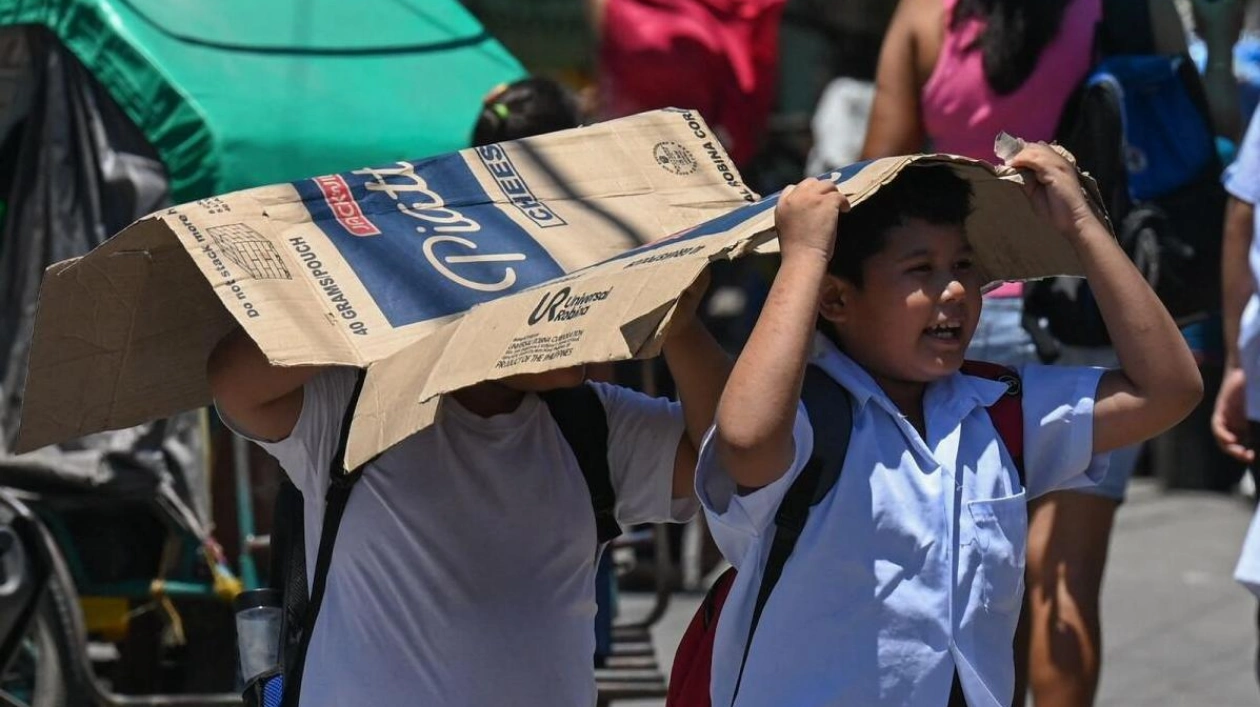Just weeks after thousands of Filipino students were sent home from sweltering classrooms during a brutal heatwave, the country's schools are preparing for a new climate change challenge as the typhoon season in Southeast Asia approaches. Schools were temporarily closed as temperatures exceeded 40 degrees Celsius in April and May. They are set to reopen in July instead of August, as the education calendar is adjusted to cope with extreme weather. The imminent danger stems from storms that typically begin in July. Historically, many schools had to halt classes and send students home due to flooding, and often served as temporary evacuation centers. The state weather bureau anticipates an increase in tropical cyclones in 2024 due to the possible return of La Nina between June and August. Following the global impact of El Nino this year, cooler La Nina conditions are expected, increasing the risk of floods and drought. Filipino meteorologists warn of stronger and more destructive typhoons due to climate change, posing a significant threat to the country's 47,000 state schools. There is concern that extreme weather could exacerbate educational disparities, especially when online learning is the only option during school closures, impacting the least advantaged the most. Education authorities are using technology like the Rapid Assessment of Damages Report (RADaR) mobile and web application to quickly assess damages during disasters. The Department of Education, in collaboration with Save the Children and the Prudence Foundation, has implemented RADaR to report on various natural catastrophes, including storms and typhoons. The app has been used in 28 hazard events by over 30,000 schools since its launch in September 2021. The Department of Education plans to invest in insulation, shading, and ventilation systems to keep students in school during hot weather and has allocated 17 billion pesos from the national budget for new classrooms designed to withstand higher temperatures. The World Bank has also approved a 30 billion peso loan to enhance the Philippines' ability to manage disasters and climate threats, focusing on schools and hospitals. The government intends to use these funds to rebuild schools damaged by natural disasters outside the capital, benefiting over 13,000 classrooms and approximately 740,000 pupils.

Text: Lara Palmer
12.06.2024
Adjusting Education Calendar and Using Technology to Combat Extreme Weather Impacts





